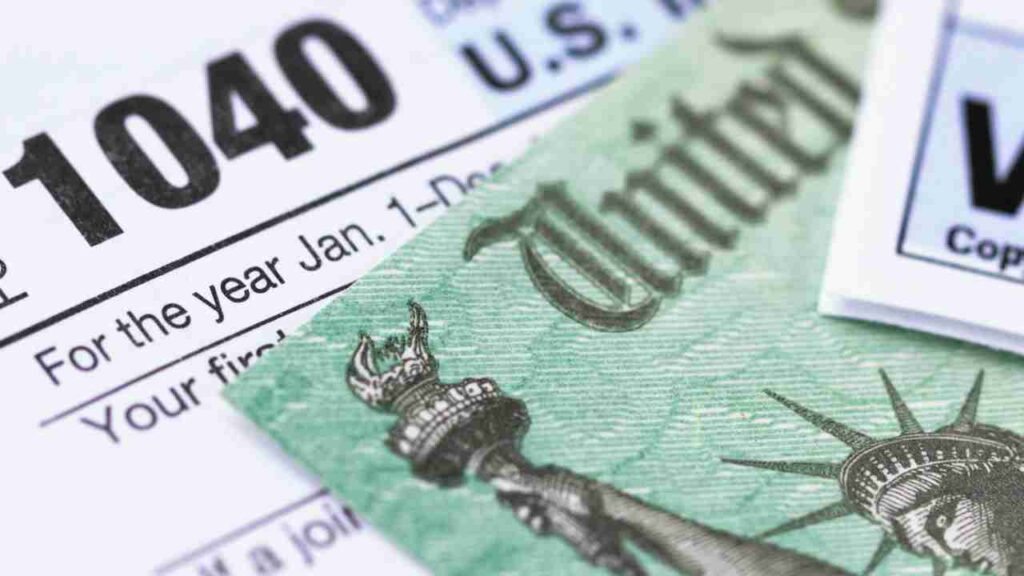The Internal Revenue Service (IRS) started accepting tax returns on January 27, 2025. As usual, the deadline to file and pay the taxes you owe to the Agency will be April 15, 2025. Not all taxpayers will receive their tax refund on the same day.
Bear in mind that if you have claimed the Earned Income Tax Credit or the Additional Child Tax Credit, it will take longer to receive your 2024 tax refund. By law, the IRS cannot issue these refunds before a specific date. If you claimed EITC or ACTC, you can expect your refund payment by March 3. Thus, you will not be the first to receive it.
IRS may issue the first refund payments on this date
According to the Internal Revenue Service, most taxpayers who file electronically and request direct deposit will get their tax refund within 21 days. Therefore, the first to get their money will be those who filed on January 27 and get it within that time frame.
As a result of this, the first tax refund payments may start arriving in your bank account on February 17, 2025, or February 18. If you have already filed, you can check the status of your tax refund.
Those who have just filed may not see the status of their 2024 tax return immediately. It will depend on the type of tax return you filed. Wait times are higher for paper returns.
IRS & the Where is my Refund? tool
The Agency allows taxpayers to check the status of their tax refund online and for free. The status will be ready to check 24 hours after you filed electronically a current-year return.
Taxpayers who have filed a prior-year tax return will need to wait for up to 4 days to see its refund status. Paper returns will take much longer to have the refund status available.
As a matter of fact, it will take up to 4 weeks before you can check the status of your paper return on the Where’s my Refund? tool. Do not check it a few times a day since it will only be updated once a day. To use it, you will need
- SSN or ITIN
- filing status
- exact refund amount on your return
What are the common reasons for delays in tax refunds?
- Errors on the tax return: Mistakes in personal information, math errors, or missing documents can all lead to processing delays.
- Incomplete or inaccurate information: Omitting required forms or attaching incorrect data may cause the tax authority to request additional information.
- Identity verification issues: If there’s a suspicion of fraud or identity theft, the tax agency may need extra time to confirm the taxpayer’s identity.
- Reviews of claimed credits or deductions: Refunds claiming certain tax credits (e.g., the Earned Income Tax Credit) may be held for verification.
- High-volume filing periods or backlog: During peak seasons or when there is a backlog, processing times can be extended.
Source: https://www.irs.gov/wheres-my-refund
